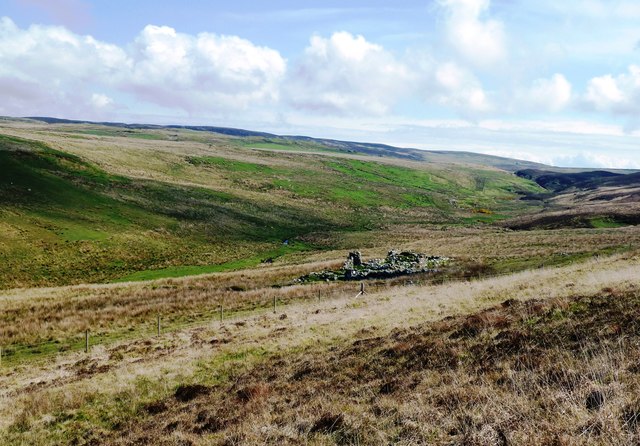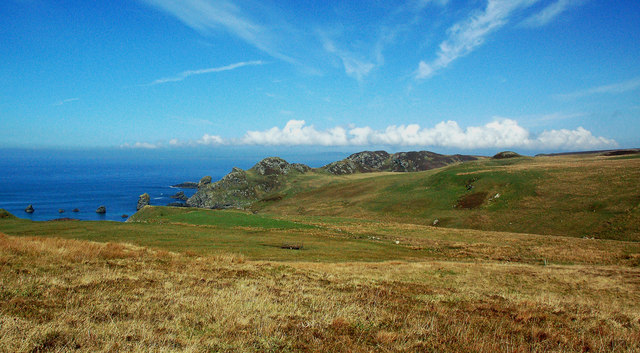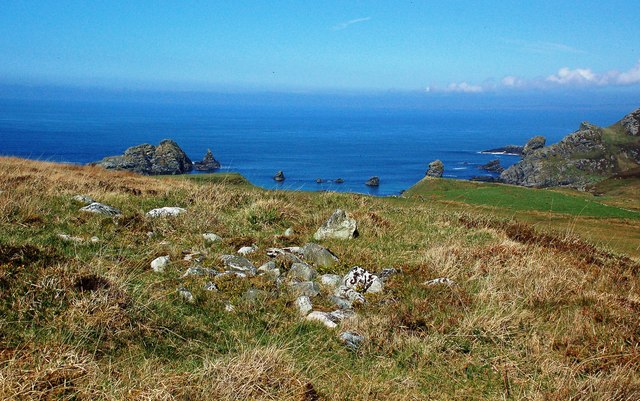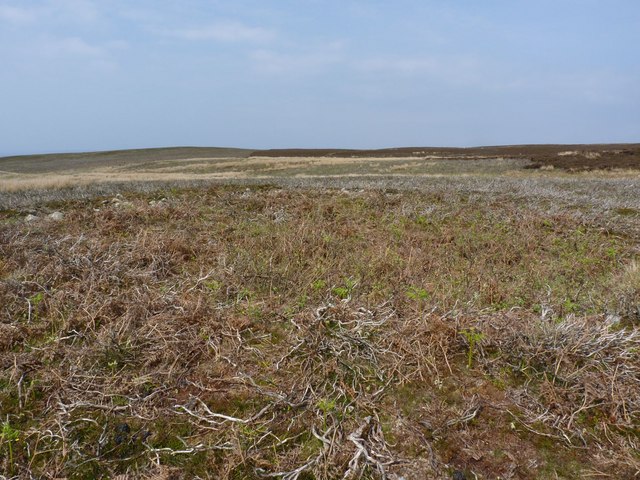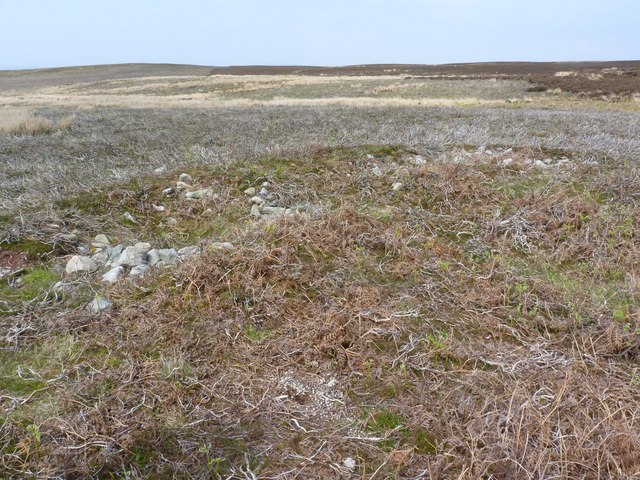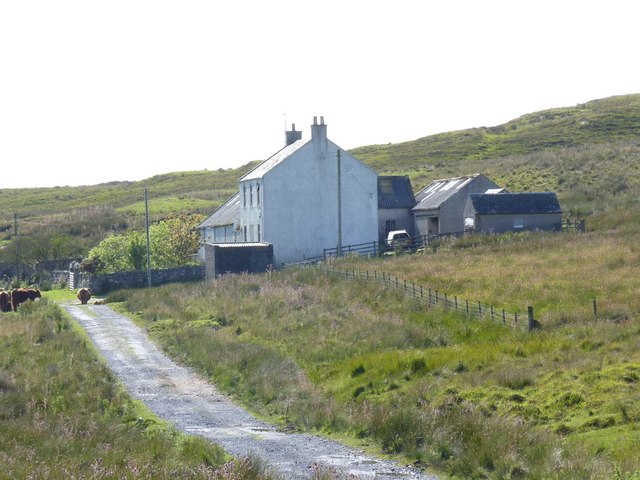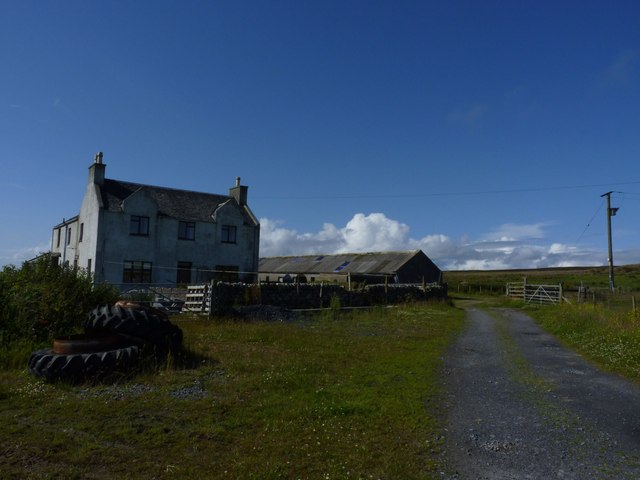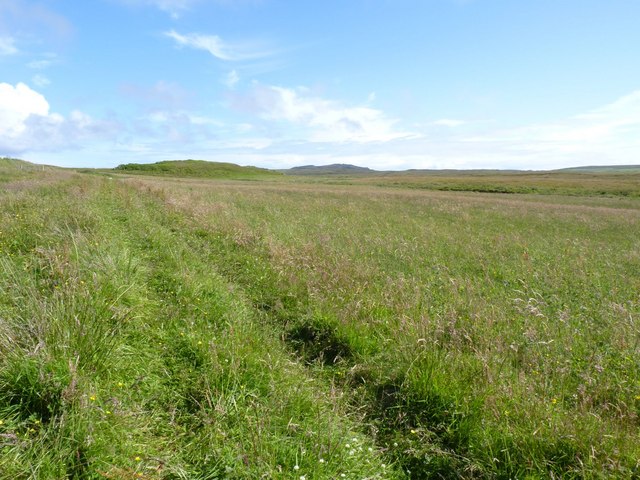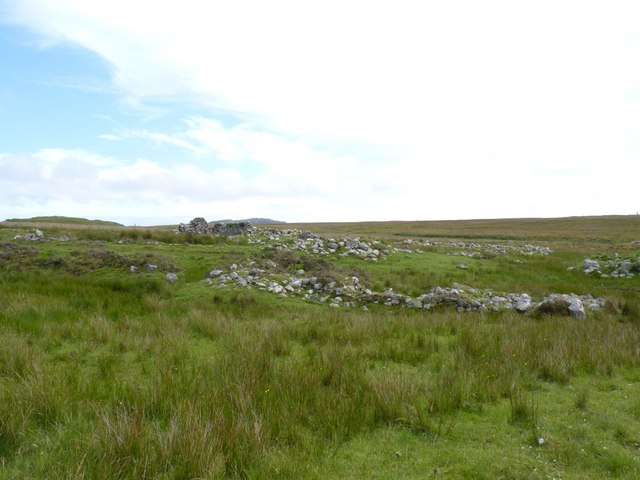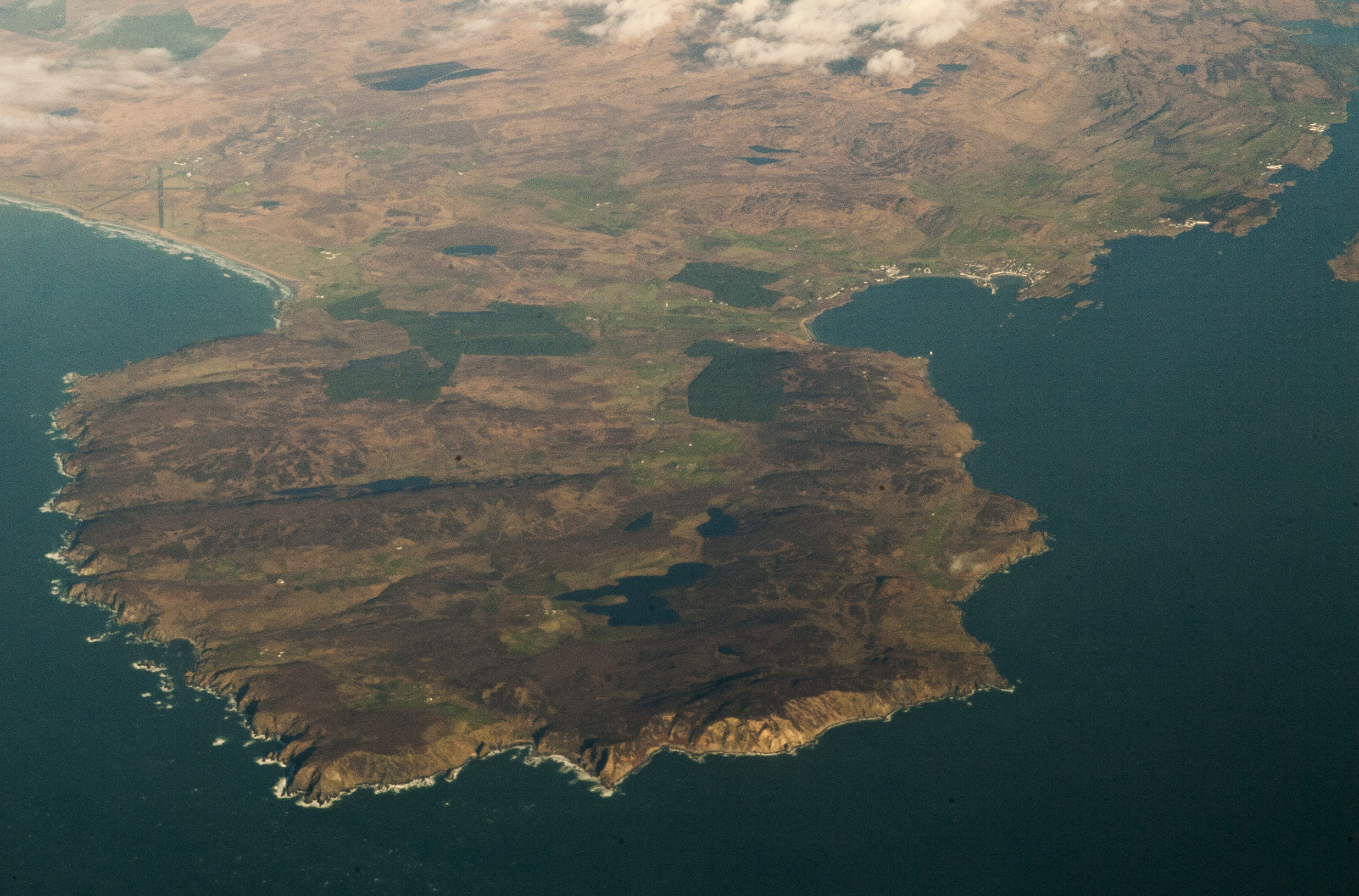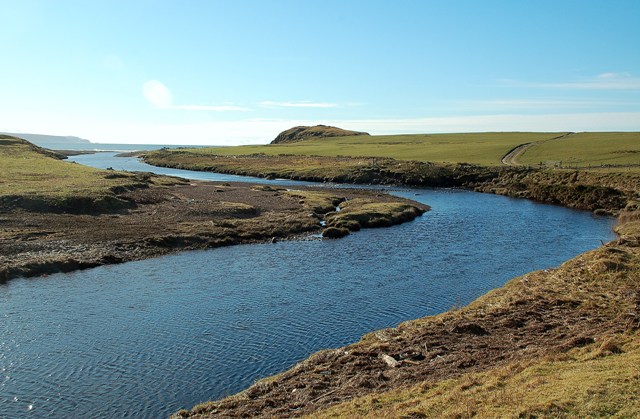Binnein Buidhe
Coastal Feature, Headland, Point in Argyllshire
Scotland
Binnein Buidhe
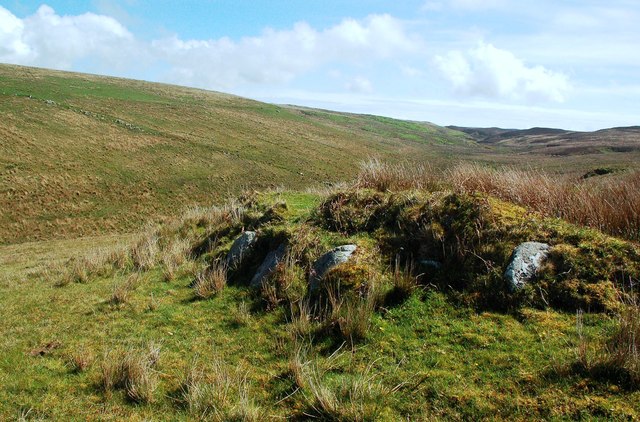
Binnein Buidhe is a prominent coastal feature located in Argyllshire, Scotland. It is a headland that juts out into the sea, forming a distinctive point along the rugged coastline. The name "Binnein Buidhe" translates to "yellow peak" in Gaelic, which is a fitting description considering the golden hues of the cliffs that dominate the landscape.
Situated in a remote and untouched part of Argyllshire, Binnein Buidhe offers breathtaking views of the surrounding coastal scenery. Its towering cliffs rise dramatically from the crashing waves below, providing a dramatic backdrop for photographers and nature enthusiasts alike. The headland is characterized by its rugged beauty, with steep slopes covered in lush vegetation and hardy grasses.
The area surrounding Binnein Buidhe is rich in wildlife, making it a haven for birdwatchers and nature lovers. Numerous species of seabirds can be spotted nesting on the cliffs, including puffins, guillemots, and razorbills. The coastal waters are also home to seals and otters, which can often be seen basking in the sun or playing in the waves.
Access to Binnein Buidhe is limited, as it is located in a remote and undeveloped area. However, adventurous hikers can reach the headland by following a challenging coastal trail that offers stunning views along the way. The ruggedness and seclusion of Binnein Buidhe make it a hidden gem for those seeking a peaceful and unspoiled coastal experience in Argyllshire.
If you have any feedback on the listing, please let us know in the comments section below.
Binnein Buidhe Images
Images are sourced within 2km of 55.61673/-6.3290497 or Grid Reference NR2744. Thanks to Geograph Open Source API. All images are credited.
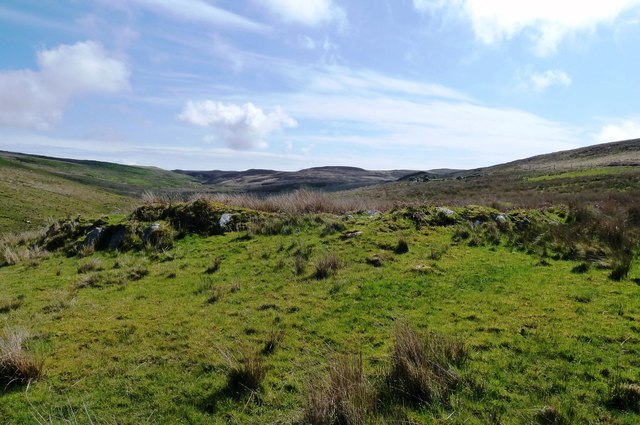
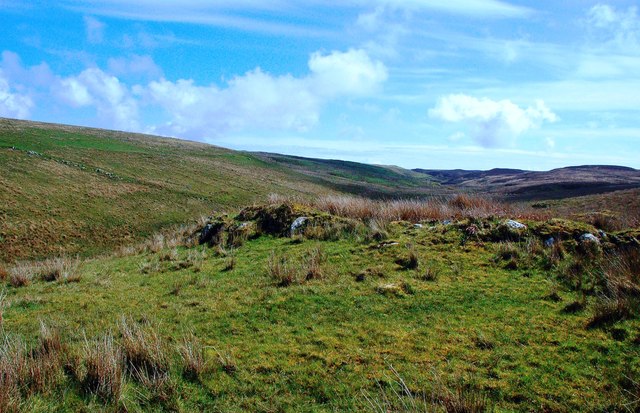
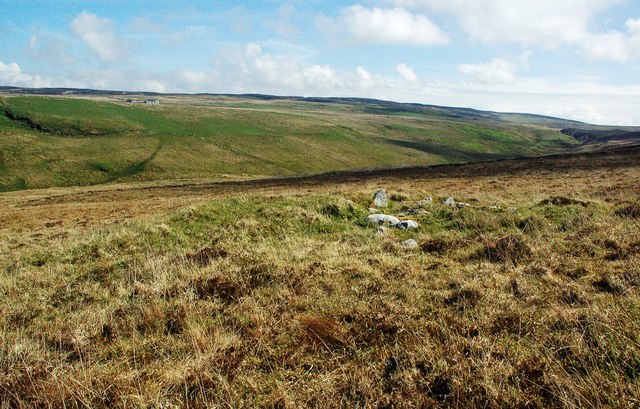
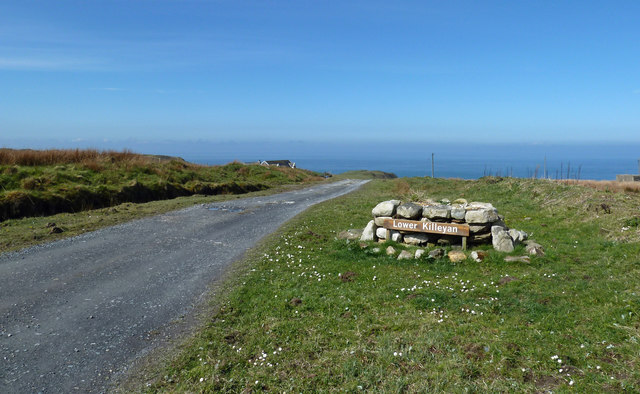
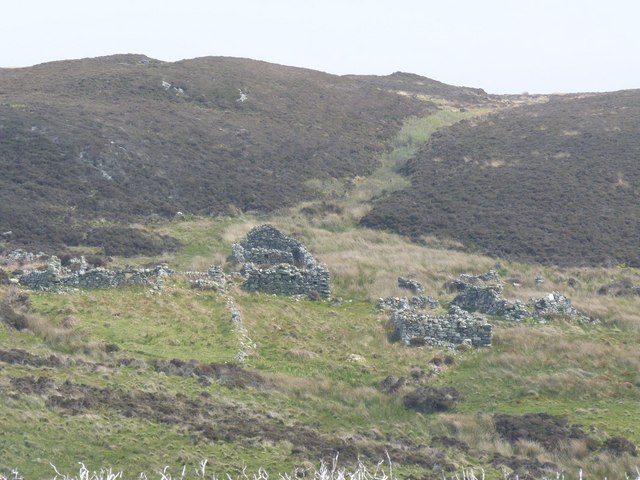
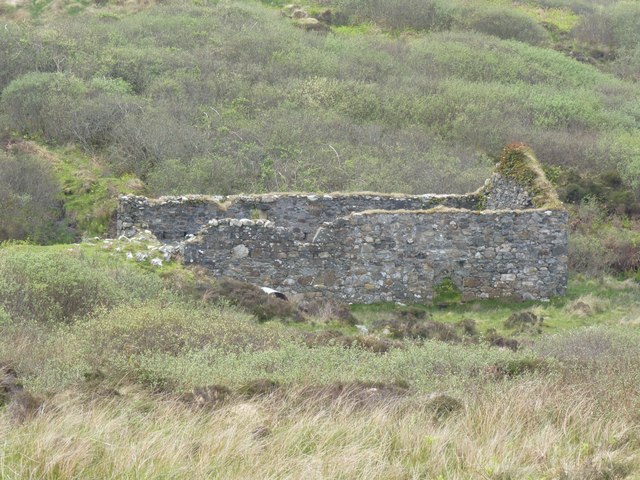
Binnein Buidhe is located at Grid Ref: NR2744 (Lat: 55.61673, Lng: -6.3290497)
Unitary Authority: Argyll and Bute
Police Authority: Argyll and West Dunbartonshire
What 3 Words
///hindering.gosh.bake. Near Port Ellen, Argyll & Bute
Related Wikis
Eas Mòr, lower
Eas Mor (lower) is a waterfall on the Abhainn Ghil on the island of Islay, in Scotland. It lies on the west coast of The Oa peninsula north of Lower Killeyan...
Eas Mòr, upper
Eas Mor is a waterfall is a waterfall on the Abhainn Ghil on the island of Islay in Scotland. It lies on The Oa peninsula south of Giol and west of Lenavore...
The Oa
The Oa ( OH) (Scottish Gaelic: An Obha) is a rocky peninsula in the southwest of the island of Islay, in Argyll, Scotland. It is an RSPB nature reserve...
Machrie golf course
The Machrie Golf Course, or "The Machrie Links", is located on Islay, in Scotland. The word "machrie" is a corruption of the Scottish Gaelic machair, which...
Port Ellen distillery
Port Ellen distillery is located in Port Ellen on the isle of Islay, Scotland. It initially operated between 1825 and 1983 when production shut down....
Islay Airport
Islay Airport (IATA: ILY, ICAO: EGPI) (also known as Glenegedale Airport) (Scottish Gaelic: Port-adhair Ìle) is located 4.5 nautical miles (8.3 kilometres...
St John's Church, Port Ellen
St John's Church, Port Ellen is a Category B listed building in Port Ellen, Islay, Argyll and Bute, Scotland. == History == The memorial stone for the...
River Laggan
The River Laggan is a small river on the Scottish island of Islay. Having gathered the waters of the Kilennan River, Barr River and Duich River / Torra...
Nearby Amenities
Located within 500m of 55.61673,-6.3290497Have you been to Binnein Buidhe?
Leave your review of Binnein Buidhe below (or comments, questions and feedback).
